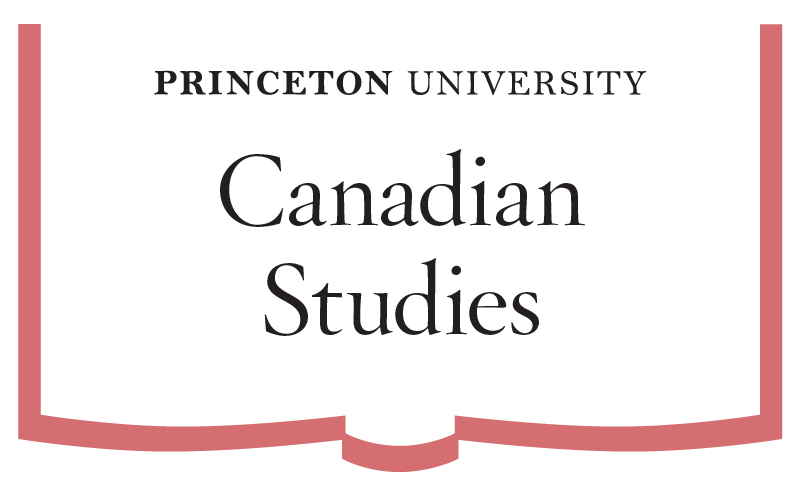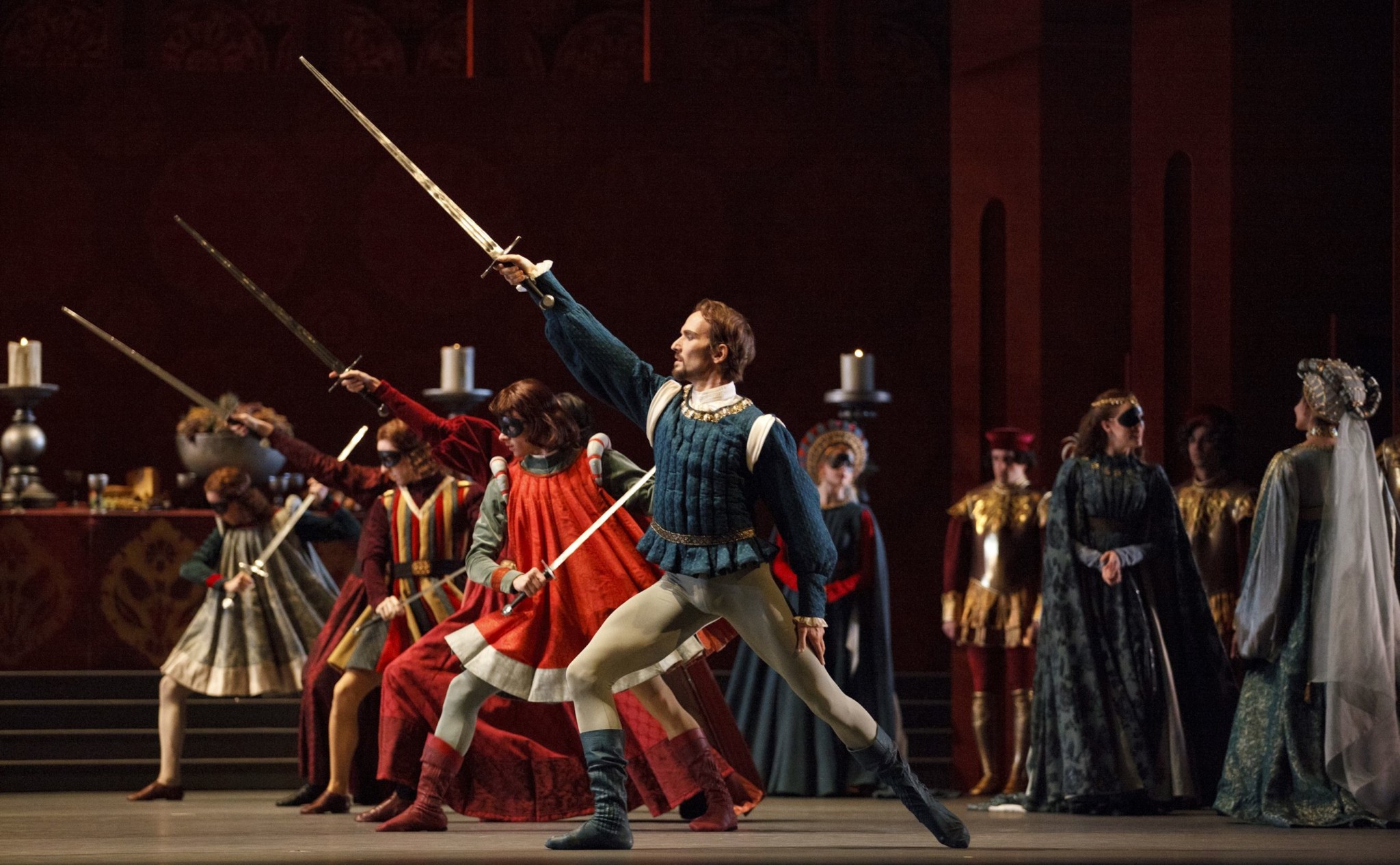In Toronto there is a plaque on Yonge Street dedicated to Boris Volkoff, “the father of Canadian ballet.” As is often the case, the origin story of a dance culture is less straightforward – and more interesting.
So how did ballet come to Canada? Like so much else, it arrived in waves, beginning with ambitious 17th-century colonists who brought European culture to the shores of North America in the form of dance lessons for indulged children. Only in the early 20th century did professional ballet training begin; pioneers of Canadian ballet such as Ottawa’s Gwendolen Osborne brought their tradition and training to students who could manage almost perfect 180-degree turnout. The country’s first major choreographers then looted indigenous cultures in search of something saleable. Canadian folklore is rich with tales of magical conquest involving masks, totem poles and spiritual creatures. Nouveau-arriviste choreographers turned this indigenous storytelling into an exotic parade of the First Nations. The art had rooted itself in foreign soil.
As always in the history of ballet, Russians loomed large, especially in Toronto after the First World War, but during the Cold War the British, too, competed for prominence. Could the twee decorum of the Sadler’s Wells troupe in England match, north of the 53rd parallel, the just-dare-me athleticism of the Bolshoi? Who among the transplanted Russians might become Canada’s Balanchine, Diaghilev or Nureyev?













